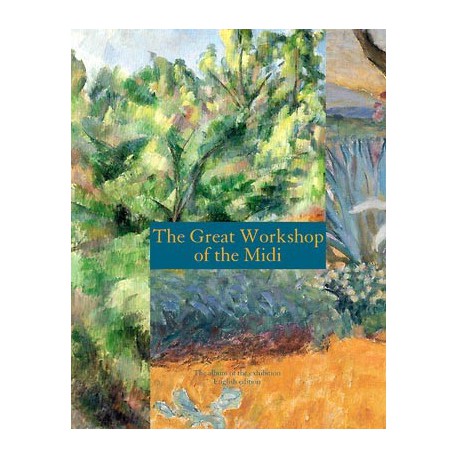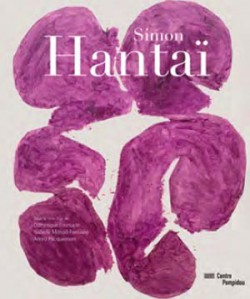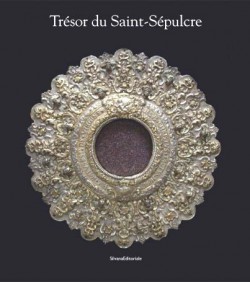No products
Product successfully added to your shopping cart
There are 0 items in your cart. There is 1 item in your cart.
Bilingual art books and foreign editions
- New Art Books
- Exhibition catalogue
- Highlights
- Art Book Sale
- Museum's Shop & Gifts
- Bilingual art books and foreign editions
- Children's Books
- Art History
- Painting
- Architecture
- Sculpture
- Drawing & Engraving
- Photography
- Contemporary art
- Decorative Arts & Design
- Art Techniques
- Critics
- Entertainment art books
- Civilisations
- Partners Reviews

The great workshop of the midi - The album of the exhibition (English version)
An exhibition in Marseilles and Aix-en-Provence organised by Marseilles-Provence 2013, European Capital of Culture. The museum Granet, in Aix-en-Provence, presents paintings from Cézanne to Matisse, while the museum des Beaux-Arts in Marseilles, presents paintings from Van Gogh to Bonnard.
Shipped within 3 to 6 days
| Model | 9782711860357 |
| Artist | Theme : Origins of Modern art |
| Author | Cécile Maisonneuve |
| Publisher | RMN |
| Format | Softcover |
| Number of pages | 48 |
| Language | English |
| Dimensions | 265 x 210 |
| Technique(s) | 40 illustrations |
| Published | 13/06/2013 |
| Epoque | 1880 - 1960 |
| Weight | 0.237 |
| Afficher le lien de contact | Oui |
| Museum | Musée Granet d’Aix-en-Provence, Musée des Beaux-Arts de Marseille |
The album of the exhibition (English version) "The great workshop of the midi, from Cézanne to Matisse, from Van Gogh to Bonnard" at the museum Granet, Aix-en-Provence and the museum des Beaux-Arts, Marseilles (June13 - October 13, 2013).
Designed as a diptych, the exhibition presents over 200 masterpieces painted between 1880 and 1950-1960. Starting from two tutelary figures of the modern movement, Vincent van Gogh and Paul Cézanne, it seeks to show how the South of France, in a broad sense, going from the north of Spain to the Italian Riviera, with a few sallies into North Africa, was an extraordinary laboratory for experimenting with modern ideas in painting.
The traditional debate over the respective merits of form and colour enlivens the various parts of the exhibition, showing how these habitual opposites were closely intertwined in a complementary relationship summed up in Cézanne’s famous statement: “When colour is at its richest, form takes on its fullest expression.”
Many 20th century artists referred either to Van Gogh in their use of colour as a means of self-expression, or to Cézanne in their use of form to achieve a “harmony parallel to nature.”
Recently viewed items








